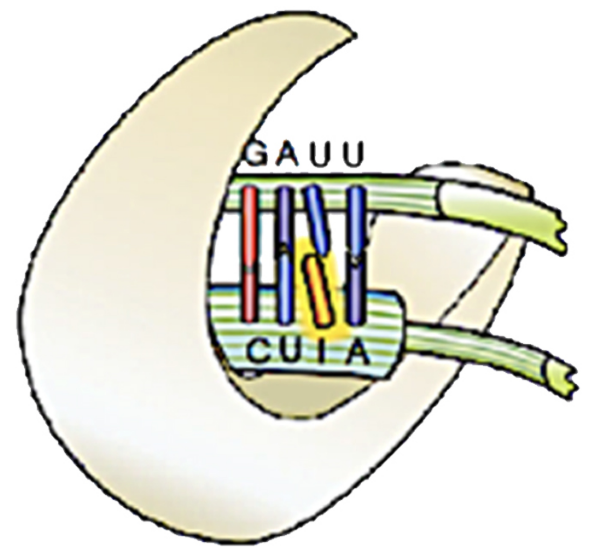The Functional Consequences of RNA Editing

Research Focus
Adenosine deaminases that act on RNA (ADARs) deaminate adenosines to inosines in structured regions of RNAs. Inosines basepair with cytosines and therefore ADAR-mediated RNA-editing can recode RNAs, and change the folding and fate of RNAs. Moreover, ADARs mark endogenous RNAs as „self“ thereby preventing the activation of innate immune signals.
Main Objectives
We aim to understand the consequences of protein-recoding. We do this by studying the editing event in the highly conserved actin crosslinking proteins Filamin A and Filamin B. Weh ave gerenated transgenic mice with altered Filamin editing patterns and can demonstrate that these mice develop several pathologies. We are aiming at understanding the molecular mechanism triggering disease progression and aim at linking our findings to human pathologies.
Another aim of the lab is to understand how the presence of inosines in structured RNAs can prevent the activation of innate immune signaling. To do so, we test RNA modifications for their ability to activate interferon responses. We also isolate cellular RNAs that trigger innate immune signaling to decipher the signatures of immune activating and immune silencing RNAs.
As a joint effort within RNA-Deco we aim at understanding how RNA modifications affect the thermodynamic stability of RNAs and how different RNA modifications can cross-talk to each other.
Content of Research
We use transgenic mice, cell biological tools, and transcriptome analyses to study the consequences of RNA-editing events. Using mice deficient in either of the two RNA-editing enzymes ADAR1 or ADAR2 we study the interplay with other RNA processing machineries. Mouse models modulating filamin pre-mRNA editing is used to study the consequences of this highly conserved RNA-editing event.
